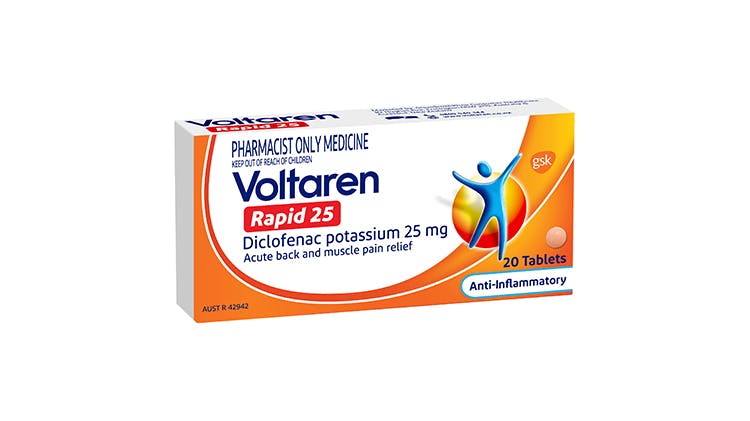Back pain: Signs and symptoms

Recognising back and neck pain
Back pain can be treated symptomatically but it is important to first rule out any underlying conditions that require attention from a physician.
- Upper and middle back pain may present as aching, stiffness or sharp/burning sensations in that area1
- Symptoms of lower back pain typically include tension/stiffness or soreness in that area1
Understanding back pain
Overview of sprains and strains
Learn more about sprains and strains, and meet two patients with these conditions.
Learn more

Voltaren Rapid 25
Unlike non-NSAID pain killers that treat pain only, diclofenac, the active ingredient in Voltaren Rapid 25 has a dual action – it treats pain and reduces inflammation to help manage strong pain, such as back pain.5,10

Voltaren Emulgel with No Mess Applicator for strains and sprains6
Relieves muscle pain and reduces inflammation. 7-9
The No Mess Applicator enables targeted, effective pain relief straight from the tube to the point of pain, without messy fingers.